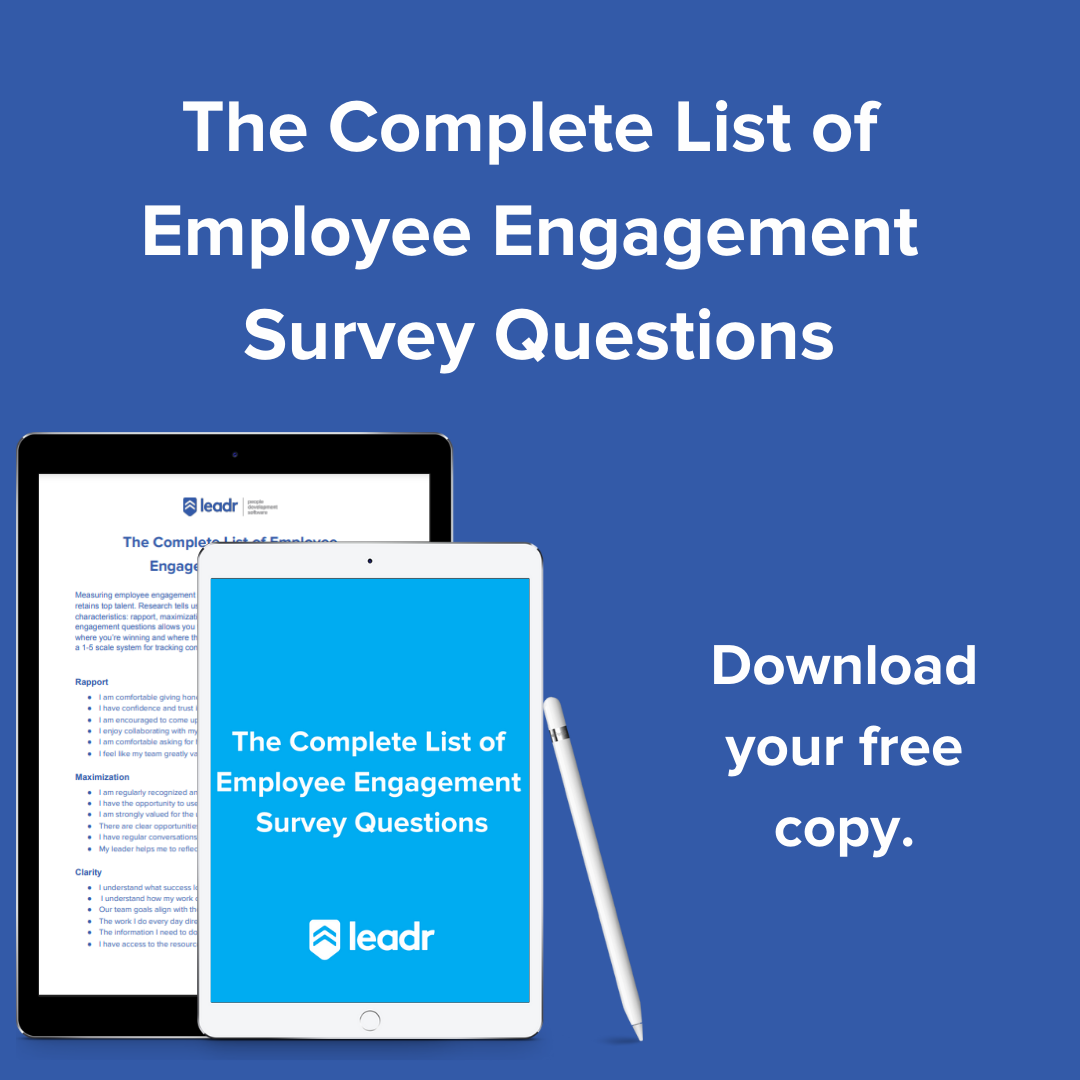We all know every organization needs an employee handbook. But it can be challenging to get started from scratch, especially if you're operating with a small HR team (or none at all). It's easy to get bogged down by questions like: Do I really need an employee handbook? What do I need to include? How do I organize the handbook? What should it look like?
We’ve been there. To help you get started, here’s a guide to help you think through what an employee handbook is and is not.

What an Employee Handbook Should Be
An employee handbook should…
Provide clarity for your teams
Anne Sweeny, Former President of the Disney/ABC Television Group once said, "The greatest gifts you can give your team are clarity, communication, and pulling people together around a shared mission."
The best way to start providing clarity, communication, and purpose on your team? A solid employee handbook.
The handbook creates a shared knowledge base within individual teams and your organization as a whole. This knowledge helps ensure that everyone knows what is important. Providing this clarity can help increase staff confidence in the business and gives purpose to their work, which, in turn, increases engagement and motivation.
Provide organization-wide guidelines and policies
The policies and guidelines you develop for your organization will be the benchmark employees use to determine what success looks like in their role. As such, it is important that the policies are written down in one central location. Your organization’s employee handbook is the perfect place to communicate these guidelines and policies.
Your handbook should outline policies regarding employment, conduct, compensation, time off requests, and other policies and procedures that are important to your organization. By creating clarity around your organization’s policies and procedures, managers can refer to the handbook when questions arise or decisions need to be made to ensure that their actions are consistent with the vision of how your organization conducts business.
Provide purpose
One of the most important parts of your employee handbook is the vision and mission statements. These statements help to provide a sense of pride, belonging, and unity. Everything that your business does should be rooted in these things. They are the foundation of your organization that will remain true forever.
By including these statements in your employee handbook, you ensure that all employees can connect with and embrace your mission, vision, and values from the beginning.

What an Employee Handbook Should Not Be
An employee handbook should not…
Be an extensive operations manual
A rule of thumb when it comes to your employee handbook is to keep it brief.
Your employee handbook should not cover every possible situation that may arise or include a description of responsibilities for every job. The more detail that you include, the longer your manual becomes, and the less likely people are to actually read it. The policies in your handbook should be snapshots or summaries of policies that are written, in full, outside of the handbook.
Take the place of new-hire conversations
Onboarding a new employee is about more than a checklist of paperwork that must be completed, even if one of those tasks is reading the employee handbook.
While your handbook clarifies policy and culture, onboarding and new-hire conversations show that culture for what it really is. Including the handbook as part of ongoing conversations helps draw attention to what is really important to your organization and helps make new employees feel included.
Replace regular culture conversations
Your employee handbook details the values, policies, and procedures that define your organization. These topics are important enough to be a part of routine conversations.
During 1:1 or all-hands meetings, choose a value to discuss. When guidelines aren’t being met, use them as a topic for coaching conversations. As you update policies, make sure to discuss it with all of your employees. This continuous commitment to growth and development is what puts power behind the words in your employee handbook.
A well-written employee handbook will create a stronger, more positive culture in your organization. But, creating an employee handbook from scratch can seem like a daunting task. At Leadr, we don’t want you to be overwhelmed while creating this important piece of your organization. Our Employee Handbook template can help you, whether you are ready to update your handbook or about to write your first one.
Click here to download your free employee handbook template today.
No Comments Yet
Let us know what you think